Introduction
Optimizing conversion rates is crucial for the success of online stores.
According to a recent study by Shopify, businesses with optimized checkout processes enjoy a 35% higher conversion rate (Shopify, 2022). One powerful tool that can significantly boost conversions is the integration of AI-powered chatbots.
Shopify AI chatbots are changing the way businesses interact with their customers, providing personalized support and streamlining the shopping experience.
A report by Juniper Research estimates that the global Shopify AI chatbot market will reach $142 billion by 2024, with e-commerce being a significant driving force (Juniper Research, 2021).
Chatbots for Shopify are designed to assist customers throughout their journey, answering queries, offering product recommendations, and guiding them through the checkout process.
No-code chatbot builders have made it easier than ever for Shopify store owners to implement these conversational AI solutions without extensive programming knowledge.
Shopify virtual assistants can handle a wide range of tasks, from order tracking to upselling and cross-selling, ultimately boosting customer satisfaction and increasing conversions.
As businesses strive to stay ahead of the curve, integrating Shopify AI chatbots has become a powerful Shopify conversion rate optimization tactic for online stores.
Improving User Experience to Boost Conversions
Enhancing the user experience (UX) on your Shopify store is pivotal in encouraging customers to proceed to checkout.
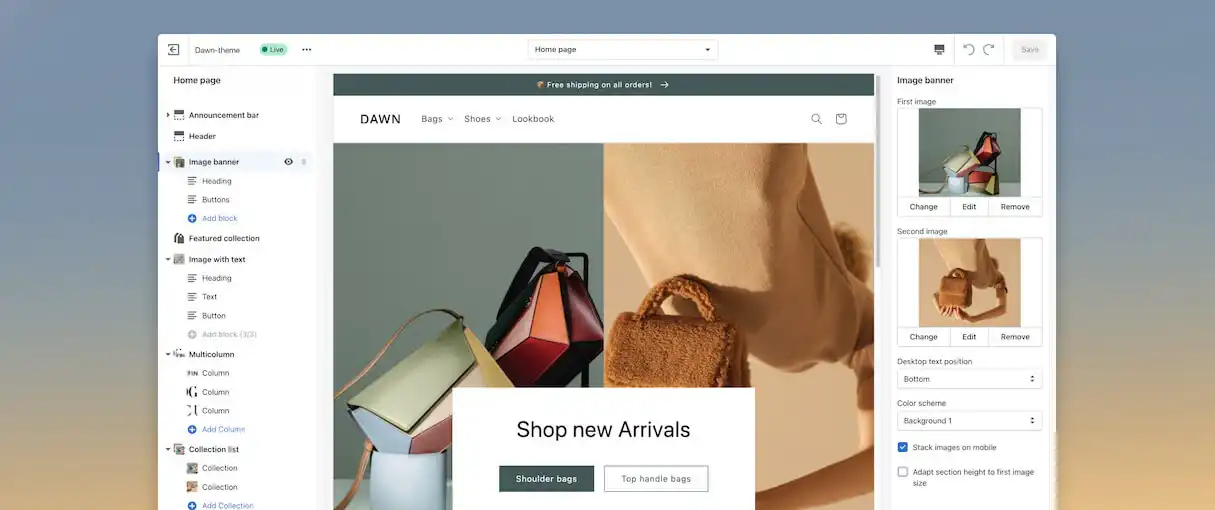
By simplifying and optimizing each touchpoint, you make the shopping journey enjoyable and straightforward, leading to increased conversions.
Streamlining Website Navigation
An intuitive and user-friendly website structure makes it easy for visitors to find what they're looking for, thus reducing bounce rates and improving conversion rates.
Organize your products into clear, easy-to-navigate categories and use a search function to facilitate quick finds.
Ensuring Mobile-Friendliness

With the majority of online shoppers using mobile devices, having a mobile-responsive design is non-negotiable.
A seamless mobile experience encourages users to shop anytime, anywhere, significantly boosting your Shopify store's conversion potential.
Boosting Website Speed
Page load times are crucial for keeping potential customers engaged.
Optimize images, leverage browser caching, and minimize redirects to ensure your Shopify store loads quickly, minimizing the risk of losing customers to impatience.
Creating Clear and Compelling CTAs (Calls to Action)
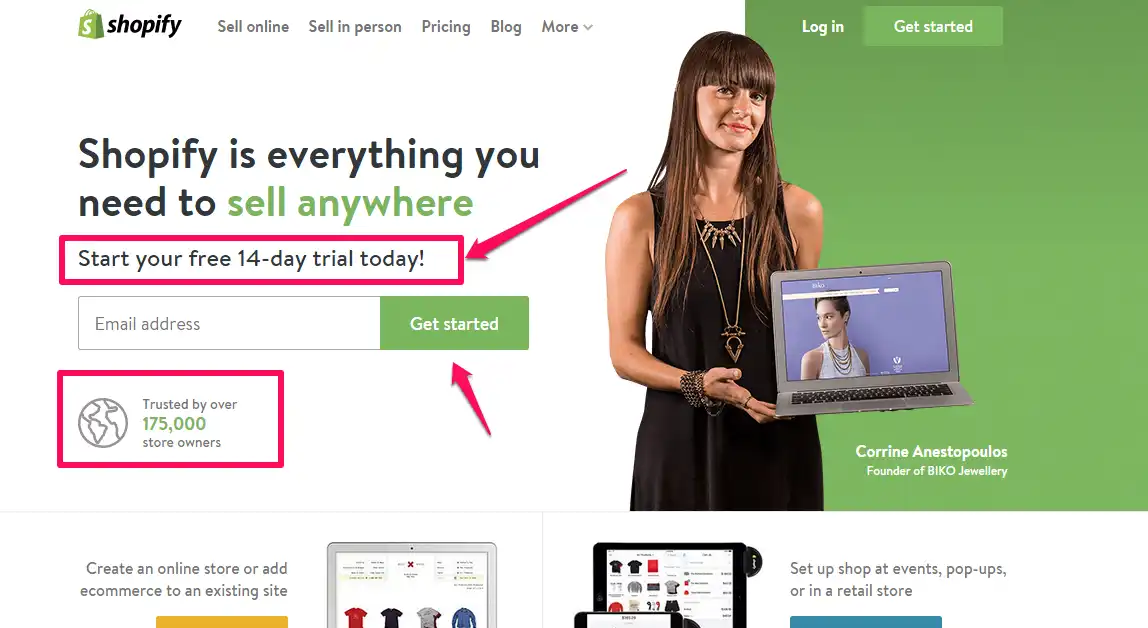
Your Call to Action (CTA) buttons should stand out and convey a clear message.
Whether it's "Buy Now," "Add to Cart," or "Subscribe," make it unmistakably clear what a visitor needs to do next to proceed in their buying journey.
Utilizing High-Quality Product Images and Videos

Visuals play a significant role in eCommerce.
High-resolution images and videos provide shoppers with a closer look at your products, making them feel more confident in their purchase decisions, thereby increasing the likelihood of conversion.
Providing Detailed and Informative Product Descriptions
Transparent and detailed product descriptions help mitigate doubts and answer any questions shoppers might have.
Clear information regarding size, materials, and usage can make or break the decision to purchase.
Building Trust and Credibility
Trust is a cornerstone of high conversion rates. By demonstrating credibility and reliability, you can ease the concerns of skeptical shoppers, nudging them closer to making a purchase.
Showcasing Customer Reviews and Ratings (Social Proof)
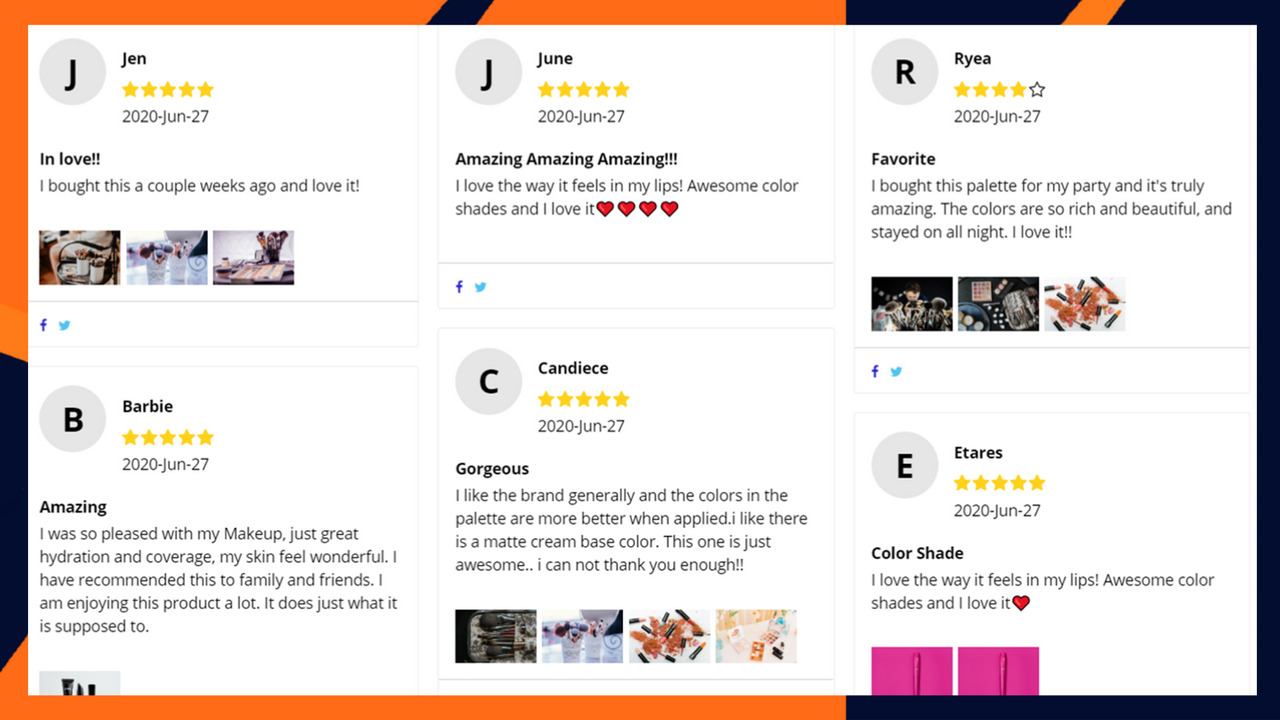
Social proof, such as customer reviews and ratings, significantly influences buying decisions.
Displaying positive feedback on your Shopify store adds a layer of trust, encouraging new visitors to make a purchase.
Highlighting Trust Badges and Security Seals
Security seals and trust badges signal to customers that your Shopify store is safe and that their personal and payment information is secure.
This form of assurance can greatly increase customer confidence and, consequently, conversion rates.
Offering Transparency in Pricing and Shipping Information
Unexpected costs are a major deterrent for online shoppers.
Be upfront about all expenses, including shipping and taxes, to avoid surprise charges at checkout that could lead to cart abandonment.
Reducing Friction in the Checkout Process
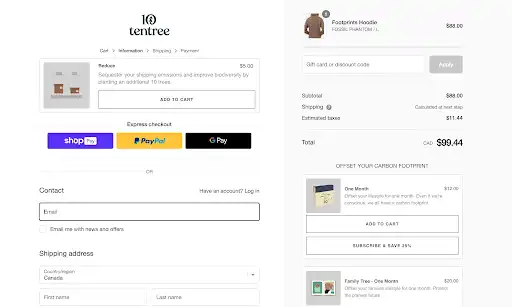
A complicated checkout process is one of the top reasons for abandoned carts. Simplifying this process can significantly enhance the shopping experience and increase conversions.
Simplifying Checkout Steps
Minimize the number of steps and information required to complete a purchase.
The quicker and easier it is to buy, the higher the likelihood of conversion.
Enabling Guest Checkout Options
Forcing users to create an account can deter them from completing a purchase.
Offering a guest checkout option caters to those in a hurry or those who prefer not to commit to an account, increasing your store's accessibility.
Providing Clear and Upfront Shipping Costs
As mentioned earlier, unexpected costs are unwelcome surprises. State shipping costs early in the checkout process to maintain transparency and trust.
Offering Multiple Payment Methods
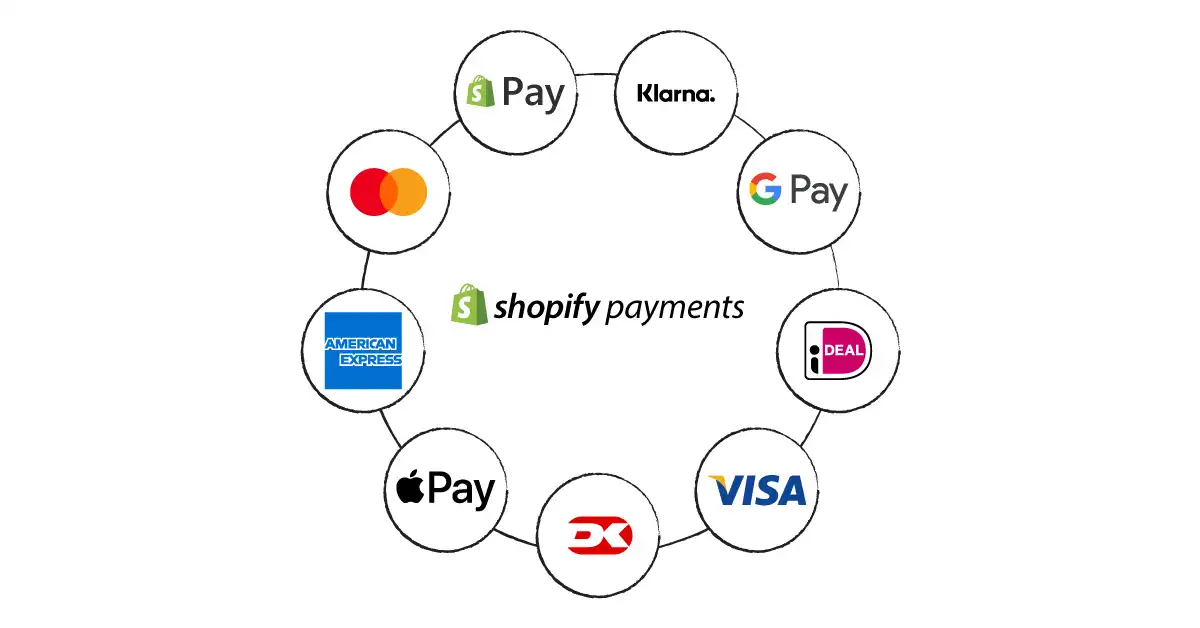
The more payment options you provide, the wider the array of customers you can cater to.
Including popular payment methods ensures that potential buyers won't abandon their carts due to a lack of payment options.
Utilizing Shopify Apps for Shopify Conversion Rate Optimization
Shopify offers a plethora of apps designed for Shopify conversion rate optimization. Leveraging these tools can automate and refine your optimization efforts, resulting in significant gains.
Apps for Upselling and Cross-Selling
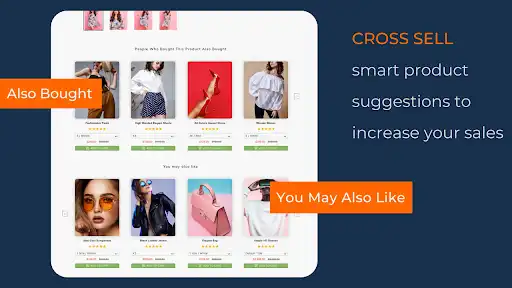
Utilize apps that suggest related products or upgrades to customers.
This not only enhances the shopping experience but also increases the average order value.
Implementing Personalized Recommendations
Apps that analyze customer behavior and preferences to suggest products can dramatically enhance the shopping experience and boost sales.
Tailored recommendations make shoppers feel understood and appreciated, leading to higher conversion rates.
Abandoned Cart Recovery Apps
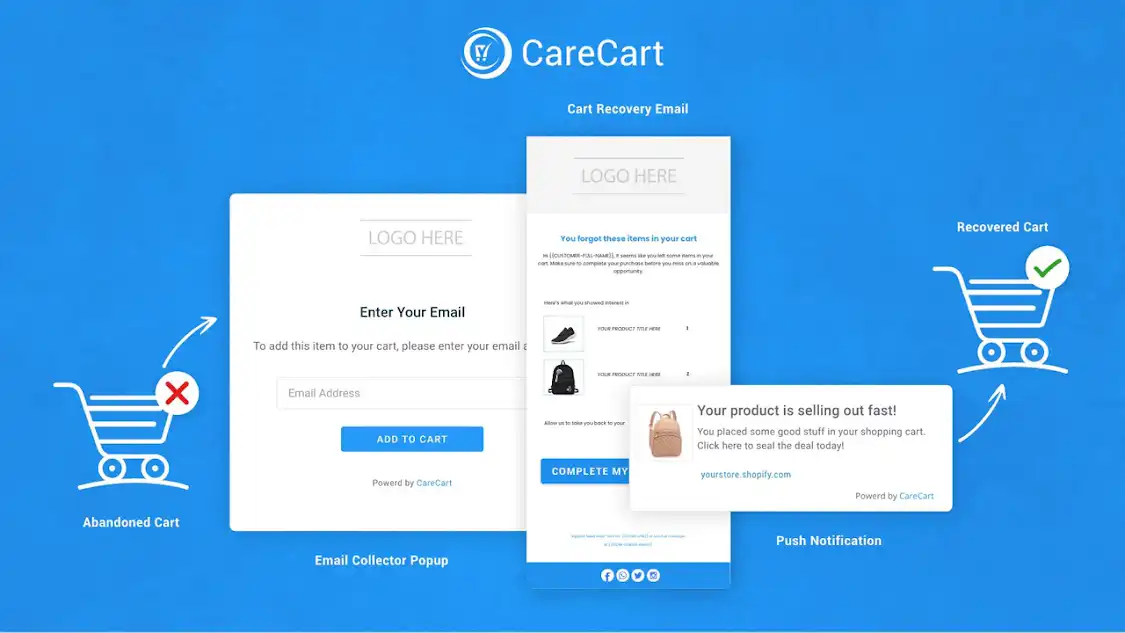
Apps that send reminders to customers about their abandoned carts can reclaim potentially lost sales.
A gentle nudge via email or SMS can encourage customers to revisit their cart and complete their purchase.
Customizing the Shopping Experience
Shopify AI chatbot apps can provide personalized shopping experiences by recommending products based on browsing history or answering queries.
This level of personalization can significantly increase the likelihood of Shopify conversion rate optimization.
Suggested Reading:
Maximize Sales Potential with a Shopify Chatbot
Stay Data-Driven and Continuously Test
To maintain an edge in the eCommerce domain and maximize your Shopify store's conversion rates, it’s crucial to adopt a data-driven approach and embrace continuous testing.
Here's how you can apply these practices to refine your Shopify conversion rate optimization strategies further.
Leverage Analytics to Understand Customer Behavior
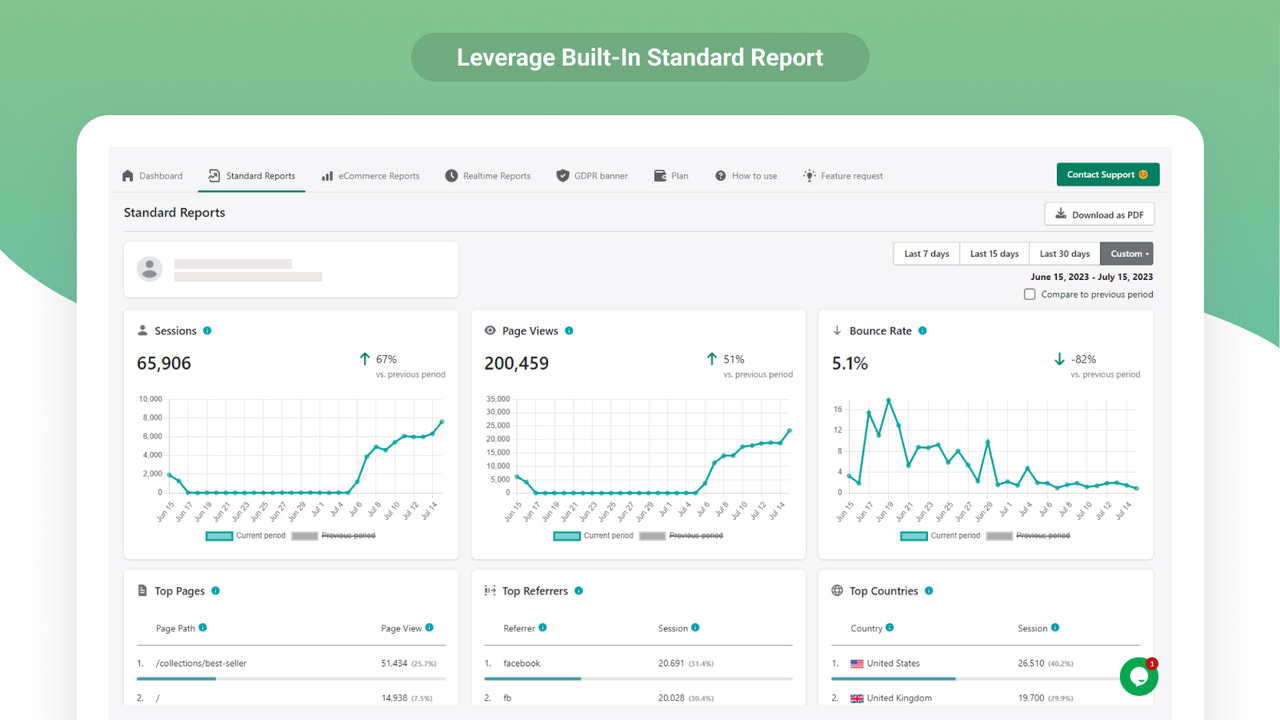
Utilizing tools like Google Analytics can provide a wealth of information about how customers interact with your Shopify store.
Track metrics such as bounce rate, exit pages, average session duration, and conversion paths to draw a detailed picture of customer behavior.
Use this data to identify patterns, pain points, and potential opportunities for Shopify conversion rate optimization.
Conduct A/B Testing
A/B testing, also known as split testing, involves comparing two versions of a web page, email, or other marketing asset to determine which one performs better.
This method allows you to make data-informed decisions about changes to your website.
Test various elements such as headlines, CTAs, images, product descriptions, and checkout processes to see which variations yield higher conversion rates.
Implement Conversion Tracking
Track conversions using Shopify's built-in tools or third-party analytics platforms.
Understanding which products, pages, or marketing campaigns are driving sales is pivotal for investing your efforts and resources effectively.
Integration of Shopify AI Chatbots for CRO
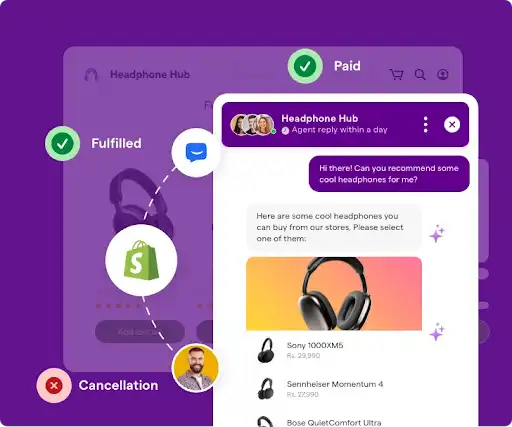
The integration of Shopify AI chatbots into e-commerce platforms, particularly for Shopify conversion rate optimization represents a fusion of technology and marketing strategy poised to redefine the customer journey.
By streamlining interactions and automating processes, chatbots enhance user engagement and encourage actions that drive conversions.
This section explores how leveraging Shopify AI chatbot, particularly within platforms like Shopify, can be a game-changer for businesses aiming to optimize their conversion rates.
Enhancing Customer Support with BotPenguin Shopify AI Chatbot
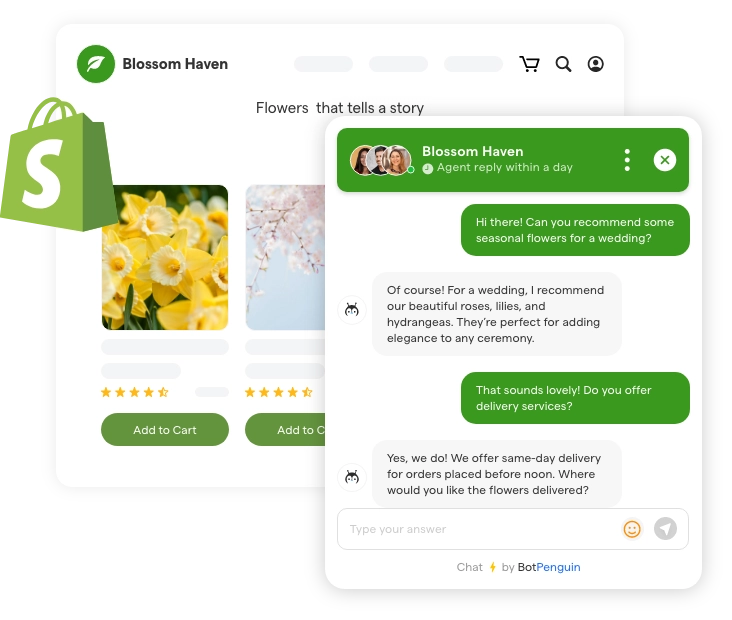
Customer support plays a pivotal role in facilitating a smooth, enjoyable shopping experience.
The integration of BotPenguin, a sophisticated chatbot-making platform designed for Shopify stores, brings customer support to the next level.
This AI-driven assistant is capable of handling a wide array of customer queries, from tracking orders to answering FAQs about products and policies, 24/7.
Key Benefits:
Instant Responses: By providing quick answers to customer inquiries, Shopify AI chatbot significantly reduces wait times traditionally associated with customer support, enhancing overall satisfaction.
Increased Engagement: Its proactive engagement capabilities mean Shopify AI chatbot can initiate conversations, offer assistance, and guide users through their purchase journey, subtly nudging them toward conversion.
Customizable Interactions: Shopify AI chatbot can be tailored to reflect your brand's voice, ensuring a consistent experience that resonates with your target audience.
Scalability: As your business grows, Shopify AI chatbot effortlessly scales its support capabilities without the need for additional human resources, making it a cost-effective solution.
Automating Sales Processes with Chatbots
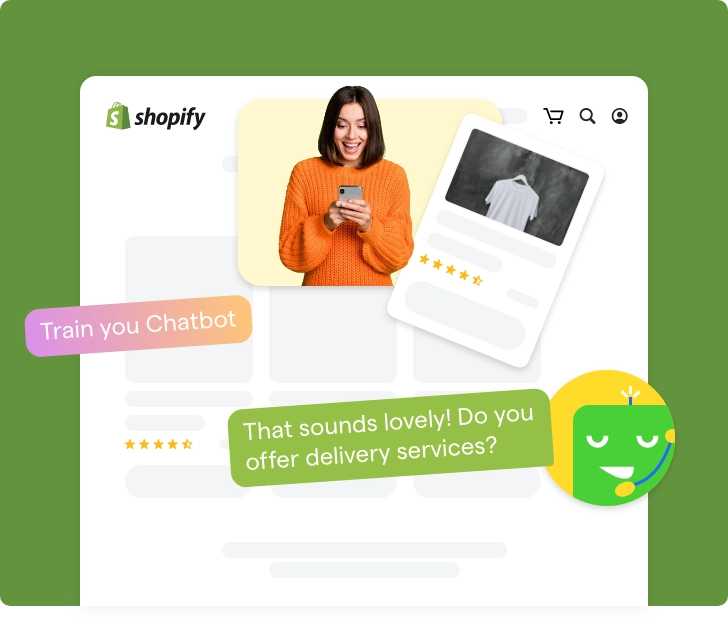
Beyond customer service, Shopify AI chatbots play a crucial role in automating and optimizing the sales process.
By intelligently engaging with potential customers, chatbots can identify needs, recommend products, and even process transactions directly through the chat interface.
This seamless integration into the sales funnel transforms the way businesses interact with their customers, making the path to purchase more direct and engaging.
Strategies for Automation:
Personalized Recommendations
Abandoned Cart Recovery
Upselling and Cross-Selling
Leveraging Psychological Triggers
Understanding and implementing psychological triggers in your marketing strategy can significantly enhance your Shopify conversion rate optimization efforts.
These triggers influence customer behavior subconsciously, nudging them towards making a purchase. Let's explore:
Scarcity Tactics
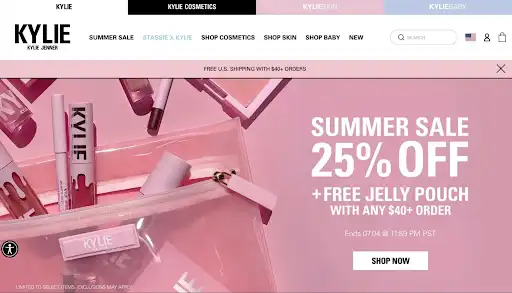
Scarcity can create a sense of urgency, encouraging customers to act quickly to secure their purchase before it's too late.
Limited-Time Offers: Flash sales or limited-time discounts incentivize customers to make a purchase decision on the spot.
Low Stock Notifications: Alerting customers that an item is in short supply can push them to buy immediately rather than risk missing out.
Free Shipping Incentives
Offering free shipping is a simple yet powerful psychological trigger. The prospect of saving money on shipping can be the determining factor for many customers when deciding whether to complete a purchase.
Additionally, setting a minimum purchase amount for free shipping can increase the average order value.
Setting Up a Sustainable CRO Plan
For businesses looking to improve their conversion rates, setting up a sustainable, long-term Shopify conversion rate optimization plan is essential.
This involves setting realistic goals and continually optimizing strategies based on data and customer feedback.
Setting Realistic CRO Goals
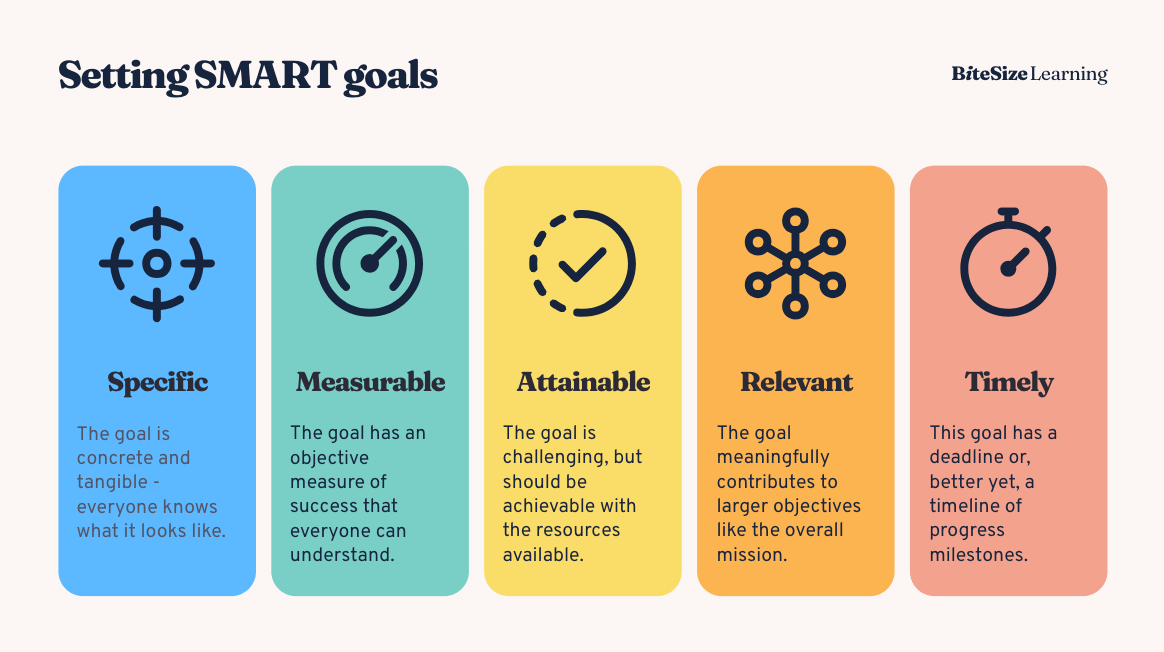
Identifying specific, measurable, achievable, relevant, and time-bound (SMART) goals is crucial in guiding your Shopify conversion rate optimization efforts and measuring success.
Understand where your current benchmarks are and outline clear objectives for improvement.
Continual Optimization and Follow-up
Shopify conversion rate optimization is not a one-time effort but an ongoing process.
Continuously testing different strategies, analyzing performance data, and making necessary adjustments are key to maintaining and improving conversion rates over time.
Conclusion
Leveraging Shopify AI chatbots like BotPenguin has become a critical conversion Shopify conversion rate optimization tactic for online stores.
As e-commerce continues to grow, businesses are seeking innovative solutions to enhance the customer experience and drive conversions.
According to a report by Grand View Research, the global chatbot market size is expected to reach $102.29 billion by 2028, with a compound annual growth rate of 26.7% (Grand View Research, 2022).
BotPenguin and other Shopify AI chatbots, powered by natural language processing and machine learning algorithms, provide personalized support and assistance throughout the customer journey.
These conversational AI solutions can answer queries, offer product recommendations, and guide customers through the checkout process, ultimately increasing conversion rates and customer satisfaction.
No-code chatbot builders like BotPenguin have made it easier than ever for Shopify store owners to implement these virtual assistants without extensive programming knowledge.
Chatbots for Shopify can handle a wide range of tasks, from order tracking to upselling and cross-selling, streamlining operations and boosting revenue.
Shopify virtual assistants will play a pivotal role in optimizing conversion rates and delivering exceptional customer experiences.
By embracing cutting-edge technology solutions, Shopify store owners can stay ahead of the curve and drive business growth.
Frequently Asked Questions (FAQs)
What is a good conversion rate for a Shopify store?
A good conversion rate for a Shopify store typically ranges between 1% and 2%.
Achieving or surpassing this benchmark indicates your store is successfully converting visitors into customers at an effective rate.
How do I use urgency and scarcity in Shopify to improve conversions?
Implementing limited-time offers and showcasing limited stock can create a sense of urgency and scarcity, encouraging buyers to act quickly.
These tactics effectively leverage the fear of missing out (FOMO) to boost sales.
What role does product page optimization play in Shopify CRO?
Product page optimization is crucial in providing all the necessary information a customer needs to make a purchase decision.
High-quality images, detailed descriptions, and customer reviews can significantly enhance product pages, leading to higher conversion rates.
Is offering free shipping a good strategy for increasing Shopify conversions?
Yes, offering free shipping is a powerful incentive for many customers, as it removes an additional cost associated with online shopping.
It can be the deciding factor for customers contemplating a purchase, thus boosting conversions.
How effective are exit-intent popups for increasing conversions on Shopify?
Exit-intent popups are highly effective in capturing the attention of visitors intending to leave your store without making a purchase.
Offering a discount or special offer at this crucial moment can often convert a potential exit into a sale.

